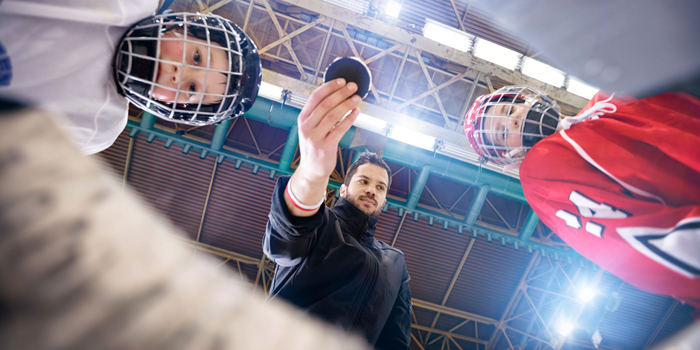
This year I was brought on to revamp the strength and conditioning program at the Canadian Ice Academy. Ours is one of several high-performance athlete programs in Canada. Similar to a prep academy, our players train half the day at our facility. The difference is that they then get on buses and spend the other half of the day at a traditional school. Players are on the ice from 8:30 AM to 10:30 AM, followed by a 60-minute dryland training session right after.
WATCH: Mark Lambert — Strength Coach for the Tampa Bay Lightning of the NHL
This program is geared towards our older players (13 to 17 years old), 90% of whom play AAA GTHL hockey (Canada’s premier youth hockey league). To make it clear, unless they plan to attend collegiate programs stateside, we are preparing our players for the Ontario Hockey League, which is the most competitive amateur hockey league in the world. Our players all play on different teams and thus adaptability is key. Game days traditionally fall on the weekend but practice schedules differ widely. Our training levels are broken down into Bunny (Beginner), Wolf (Intermediate), and Bear (Advanced).
Primer
Our players are usually drenched coming off the ice and dislike going through a traditional dryland warm-up. To meet them halfway we set up a small circuit where they are performing some combination of agility ladders, medicine ball throws, battle ropes, box jumps, sprints, or cone drills. No matter how “warm” our players are after ice time, we want their bodies prepared for dryland movements before putting any significant weight in their hands or on their backs.
Strength
Even our older players are at a beginner level in terms of training age, so the focus is on perfecting technique and the strength improvements come. They are often playing multiple games over the weekend and walk in pretty sluggish on Monday, so this is our opportunity to emphasize upper body strength. No matter how smashed a teenage boy is, it’s pretty easy to get him pumped up to do some pressing.
If we are using barbells we have our kids press off boards or the floor to save their shoulders, but most often we are using dumbbells. Our main lower body movements are front squats and trap bar deadlifts. We also address the bilateral deficit by cycling through waves of single-leg deadlifts and rear foot elevated lunges. No matter how skilled the game has become, hockey remains first and foremost a collision sport. If we aren’t preparing our kids to brace for and create explosive power, we are being irresponsible. This means at least twice a week we are doing clean or snatch pulls, dumbbell split snatches, or dynamic effort squats against bands or chains to develop explosive strength qualities.
Conditioning
During the season there is a slim margin of error between maintaining a high level of conditioning and overworking players. We will start some regeneration workouts with a light run (we have a running lane and staircase we use in the arena during winter months) and will complete some training sessions with sled work, rowing intervals, or timed sets on the battle ropes.
Regeneration
By Wednesday the kids have had back-to-back training sessions. At this point, we’ll often do either a light run, a yoga session, or body maintenance drills like Defranco’s Agile 8, band distractions, and body tempering. JL Holdsworth’s Reflexive Performance Reset has been invaluable in alleviating soft tissue injury in hips, shoulders, knees, and backs. If players have special circumstances, such as late night games, and walk in the gym with bags under their eyes, we have no qualms about having them do some self-myofascial release and even taking a nap in the studio. I think this allows us to be very adaptable to the variations in our player's schedules. However, players that are completing regeneration drills are not allowed in the gym while other players are training; in the past, regenerating players making small talk has become an easy distraction, keeping other players from completing the session with efficiency.
Prehabilitation
The best thing we can do to prepare our players for their games on the weekend is to get as much body armor under those pads as possible (I’ve taken a lot of this from reading the work of Ashley Jones here on elitefts). On Thursdays (the last day of our HP program training, kids get Friday mornings off) our focus is on getting some blood flow and improved muscle tone to the shoulders, arms, chest, upper back, and hamstrings. This usually includes cable work, bands, or dumbbell complexes. Specific neck strengthening drills will happen on Thursday as well, usually manually resisted isotonic holds. Lastly, we will get kids on the treatment table one last time for any RPR resets.
Monday
1. Skater Jumps (Primer) — 2x5
2. Dumbbell Split Snatch — 3x6
3A. Dumbbell Push Press — 3x10
3B. Kneeling Lat Pulldown — 3x15
4A. GHR — 2x6
4B. Wall Glides — 2x15
5. Bike/Rower Conditioning — 4x30 seconds max effort; one minute active rest between sets
Tuesday
1. Three-Cone Drill (Primer) — 2x5
2. Box Squat with 50 Pounds of Chains — 6x3
3. Bench Push-Up — 3x8
4. Bent Row — 3x12
5. Partner-Loaded Plank — 3x5; 10 seconds on, one second off each rep
Wednesday
1. Run — 2 kilometers
2. Yoga
Thursday
1. Battle Rope Slams (Primer) — 2x10
2. Banded Kettlebell Swing — 2x25 reps
3. Body Armor Circuit — 2-4 Sets:
- Dumbbell Bench Press — 12 reps
- Dumbbell Lateral Raise — 25 reps
- Dumbbell Shrugs — 15 reps
- Ab Wheel — 5-15 reps
4. Partner Neck Iso Holds —2x10 seconds, 8 positions
5. RPR Drills
Players who don’t have a game this weekend have the option of performing some heavier lower body work on this day.
Friday
This session is optional for players who want to come in and get additional work done. This can vary widely but most often it will be a combination of explosive work and body armor training.
Header image courtesy of luckybusiness © 123RF.com
Jordan Guilford is a sports performance coach and a competitive powerlifter and strongman based out of Toronto, Ontario. He spent four years as a fitness instructor with the Canadian Armed Forces and is currently Fitness Director of Canadian Ice Academy, an elite training center for hockey players and figure skaters. He also owns Vej Athletics training and performance. You can contact Jordan via email at jordan@vejathletics.ca.









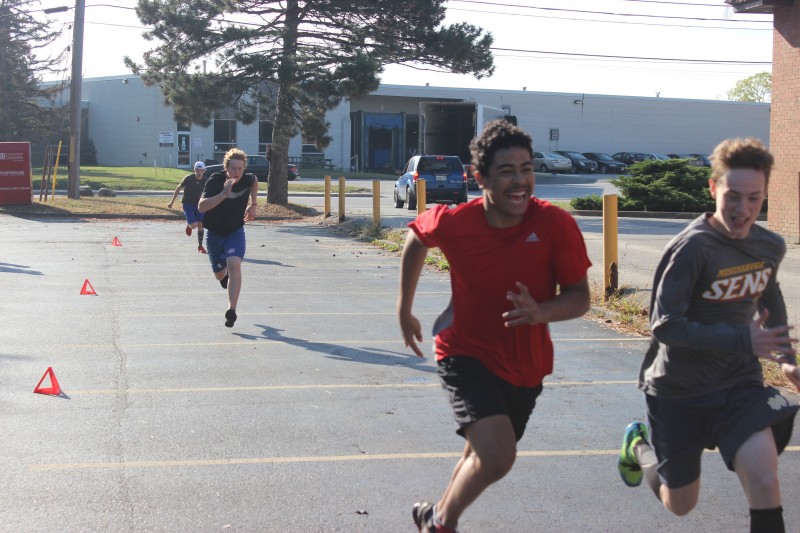
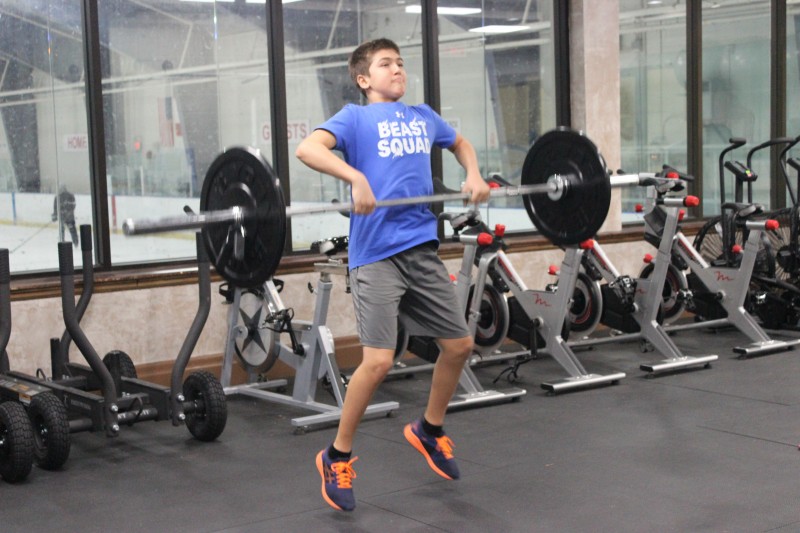
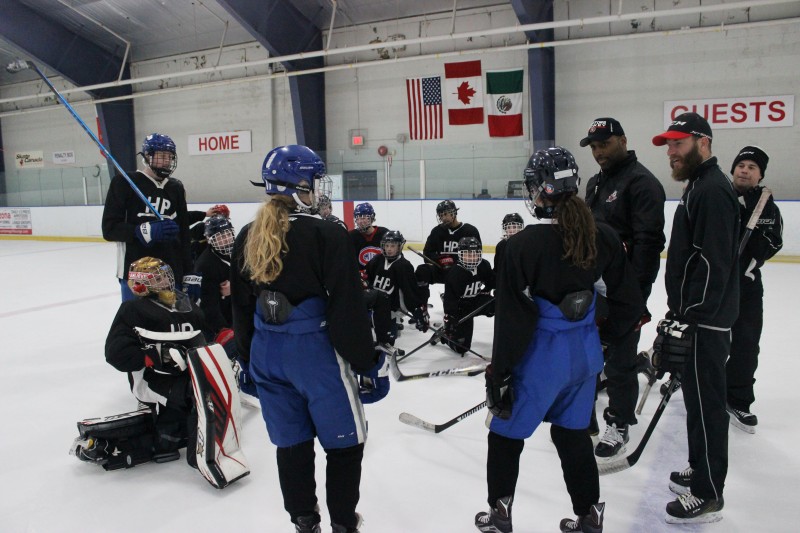
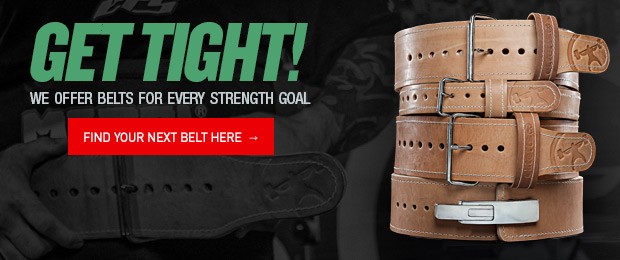
I've been reading your work and applying it with my athletes for a long time. Thanks a ton for the feedback, much appreciated.